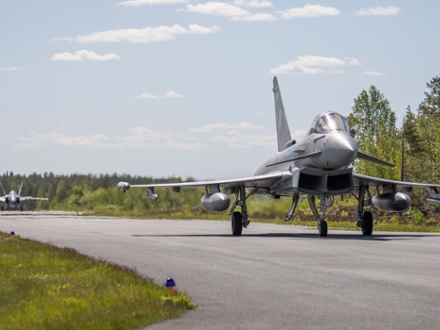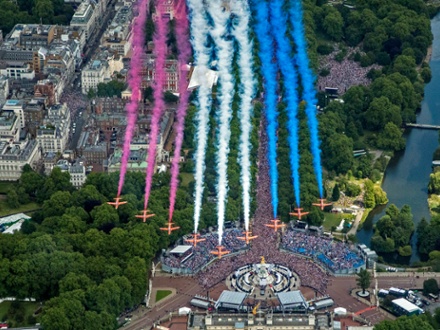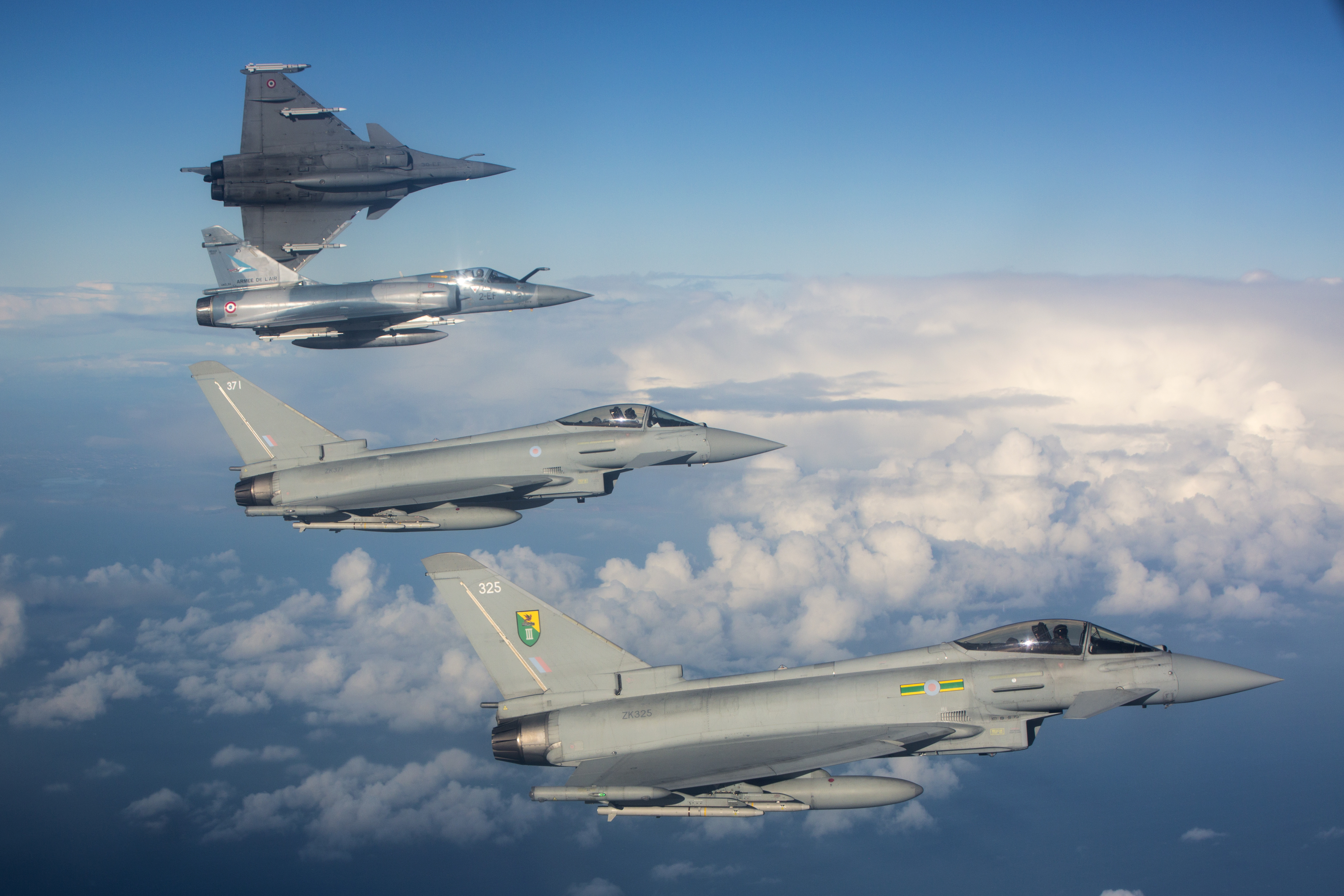
This week, two quick reaction alert Typhoons from RAF Coningsby have conducted a scramble exercise with their French counterparts, where they worked together to intercept, identify and escort a simulated enemy aircraft.
This is part of a regular series of exercises to ensure that fighter jets on both sides of the Channel are always ready to respond and operate together at a moment’s notice.
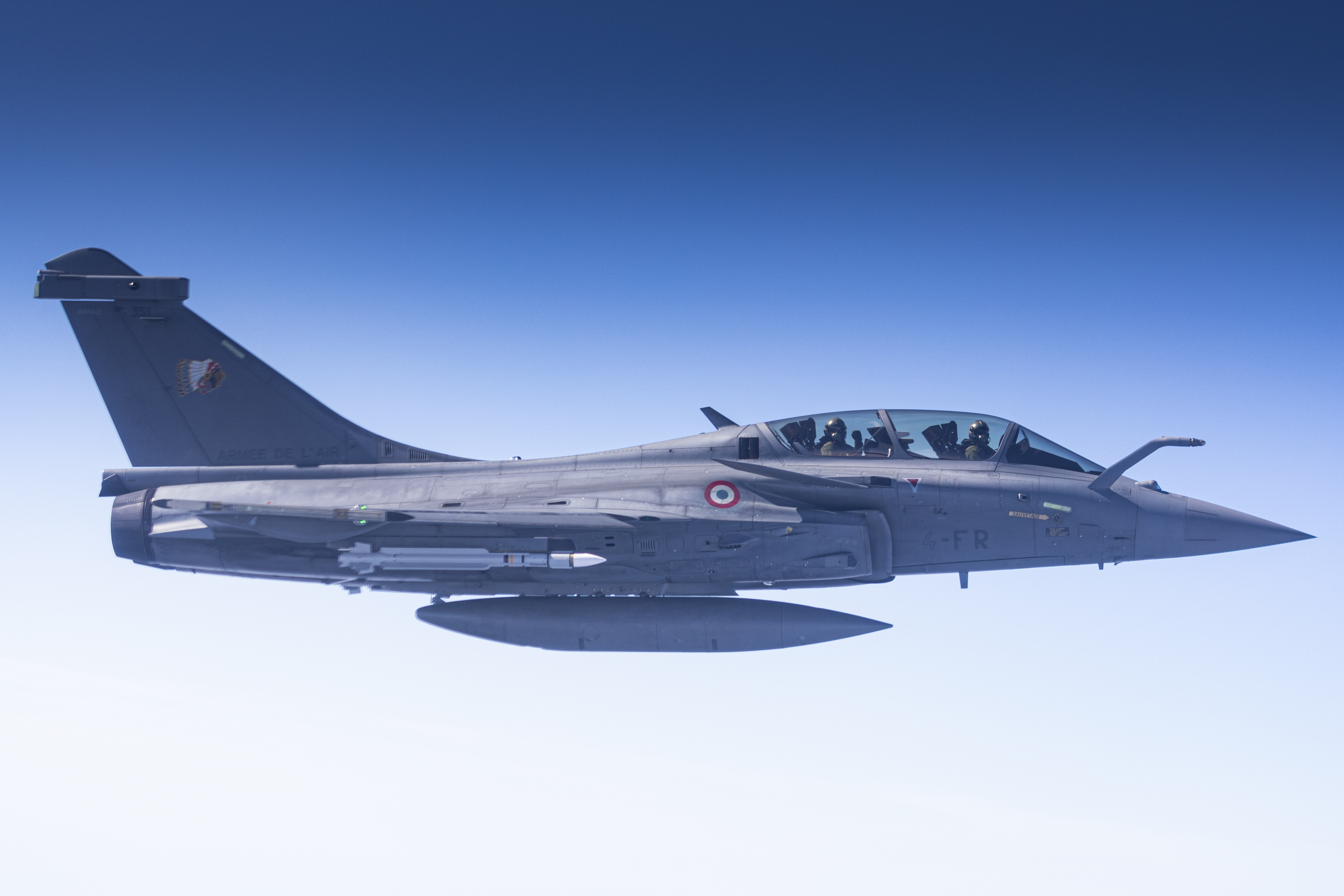
The RAF and French Air Force pilots were given no notice and had to launch their aircraft within minutes. As part of a coordinated response with specialists across both air forces, they were then required to intercept, identify and escort an aircraft simulating a threat from a foreign military.
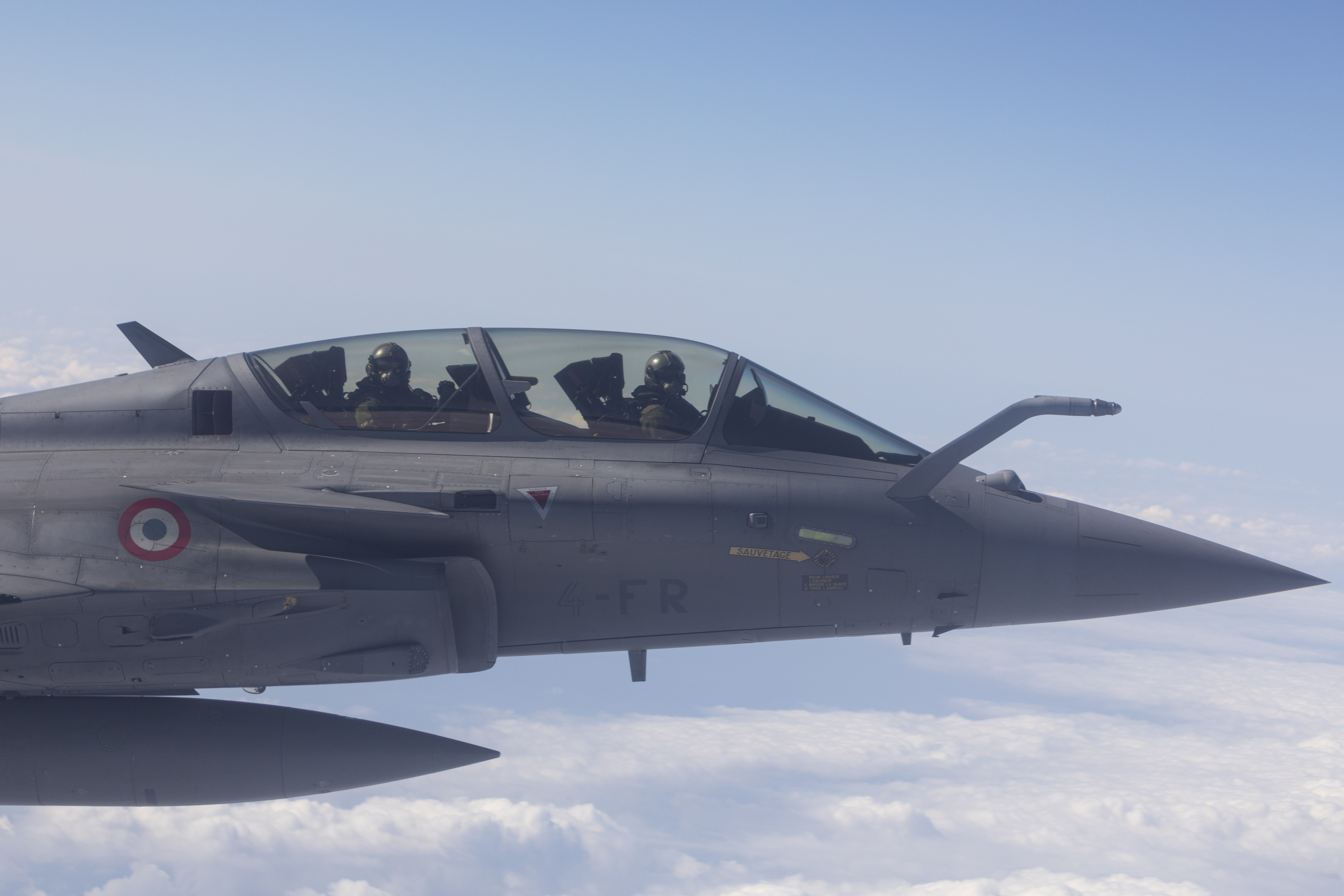
Initially the French Rafale / Mirage 2000 fighters escorted the simulated enemy aircraft through their airspace. As the enemy aircraft began to approach UK airspace, the French air force conducted a handover of escorting duties to the RAF Typhoons. This required close cooperation with multiple agencies to ensure a safe and seamless transition.
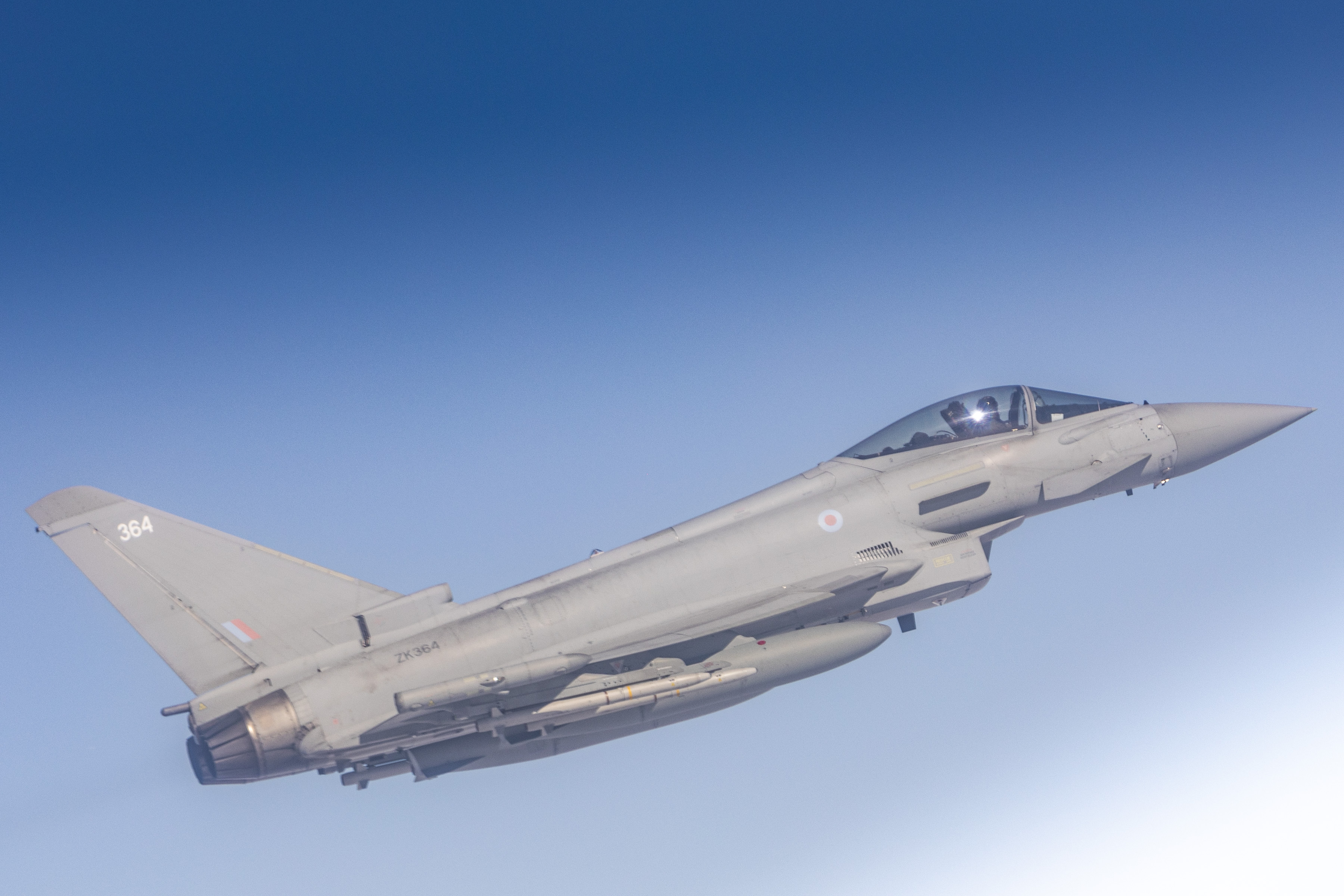
Later in the exercise the enemy aircraft turned back towards France and the French Air Force resumed escort duties. To ensure the fighter jets could remain on the task, an RAF Voyager was launched from RAF Brize Norton to provide air-to-air refuelling for the jets.
The Typhoon aircraft were coordinated by 19 Squadron at RAF Boulmer.
"These exercises are deliberately complex and challenging for all involved. Yet again, the dispersed teams have pulled together to deliver the task exceptionally well. This reassures the preparedness of the RAF to defend the UK’s skies while providing a strong deterrence to any adversaries."
Wing Commander Misiak
Officer Commanding 19 Squadron
This was a complex task over a wide area, but was executed safely and professionally so that the aircraft was tracked throughout its sortie. The success of the exercise was testament to the experience of the UK and French air defence specialists and the well-rehearsed procedures.
Close cooperation between NATO partners is critical to collective defence. RAF Typhoons are currently providing a similar quick reaction alert capability in Romania. This is a recurring 4-month deployment of Typhoon jets, known as Operation BILOXI, to maintain the security of NATO airspace.
The UK airspace is continuously monitored by the RAF’s control and reporting centre which uses a network of radars to produce a recognised air picture. Whenever necessary, Typhoon fighters are scrambled, under the direction of RAF controllers from 19 Squadron at RAF Boulmer and supported by 78 Squadron who sit within NATS at Swanwick Centre.
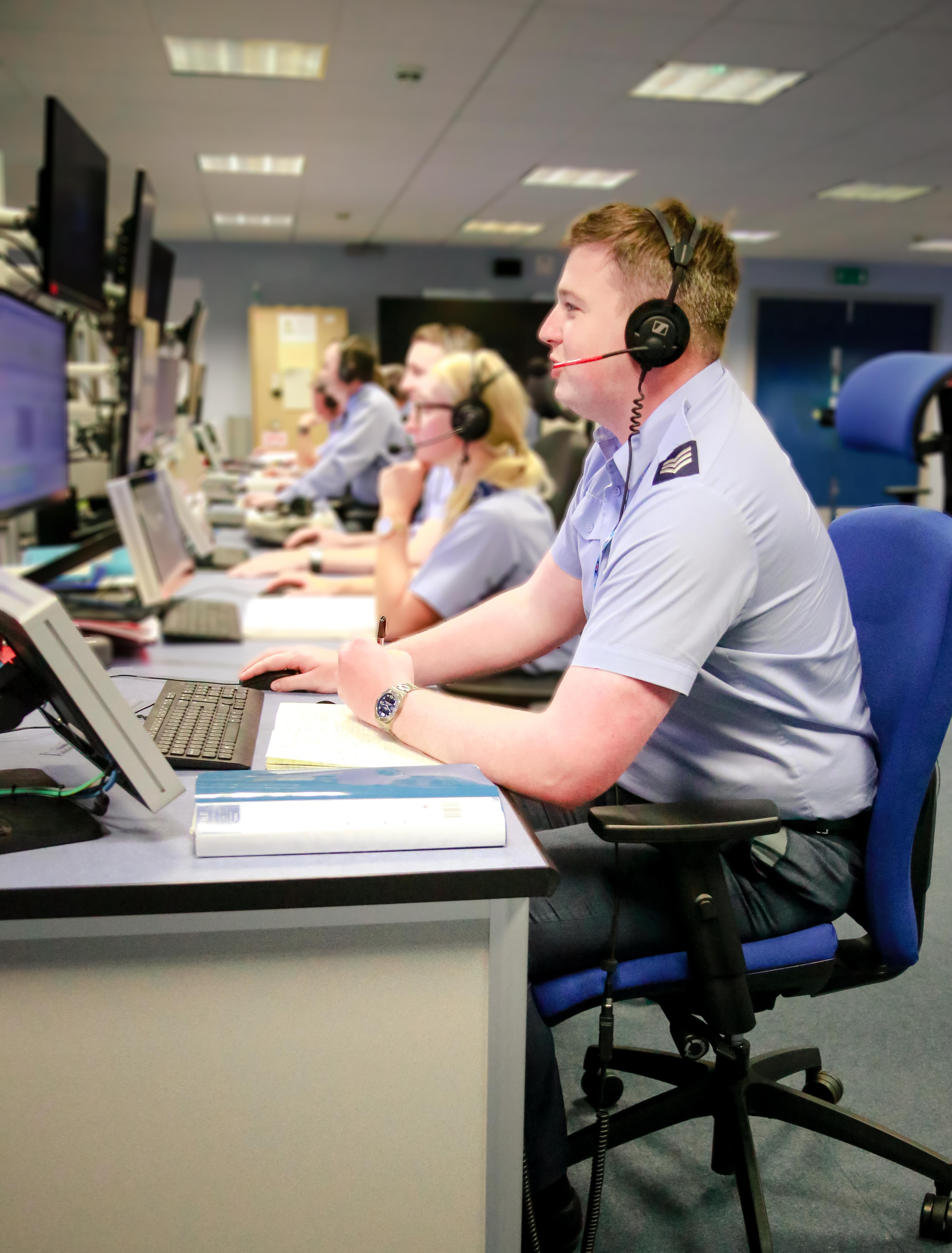
The RAF maintains a pool of quick reaction alert Typhoons at readiness 24 hours a day, 365 days a year to respond to intercept, identify and, if required, intervene unidentified, uncooperative, or un-notified aircraft approaching our shores. This is a significant part of the RAF’s primary role to defend the UK and UK interests overseas.





